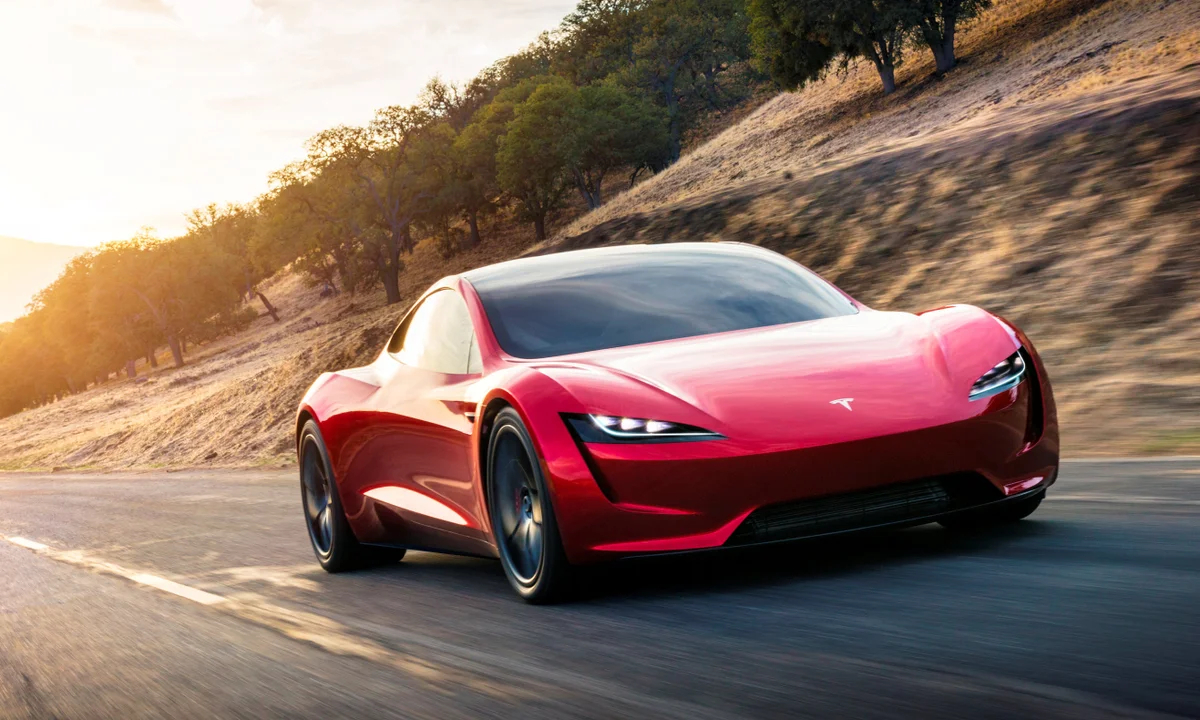Tesla's latest earnings report has sent shockwaves through the market, with the electric vehicle manufacturer's stock dipping over 6% in premarket trading on Thursday. The company's second-quarter revenue of $22.50 billion fell short of expectations, with adjusted earnings per share of $0.40 missing the projected $0.42. The disappointing results were accompanied by a warning from CEO Elon Musk, who cautioned that the company is bracing for "a few challenging quarters ahead." This somber outlook has sparked concerns among investors, who are already grappling with the implications of the recently passed "One Big Beautiful Bill" (OBBB) and its potential impact on Tesla's regulatory credit sales.
The OBBB, which was signed into law earlier this month, is expected to significantly reduce Tesla's revenue from the sale of regulatory credits. In the second quarter, this revenue stream fell to $439 million, down from $890 million a year earlier. According to Tesla's CFO Vaibhav Taneja, the company is anticipating a further decline in regulatory credit sales, which will likely have a profound impact on its bottom line. Taneja also noted that the OBBB has led to a "pull forward" in sales, as customers rush to take advantage of the $7,500 tax credit before it expires at the end of the third quarter. However, this surge in demand has created supply chain challenges, with Taneja warning that the company may not be able to guarantee delivery orders placed in the later part of August and beyond.
Despite these challenges, Tesla is pushing forward with its plans to expand its vehicle offerings, including the development of a more affordable model. The company has confirmed that it will ramp up volume production of this new model once the EV tax credit expires, although details about the vehicle's pricing and features remain scarce. Tesla's current cheapest EV, the rear-wheel-drive Model 3 sedan, starts at around $43,000 without incentives, and the company has hinted that the new model could be priced around $30,000. While this could help Tesla to tap into a more budget-conscious market, it remains to be seen whether the company can deliver on its promises and meet the growing demand for affordable electric vehicles.
In addition to its consumer-facing products, Tesla is also making significant investments in its robotaxi service. The company has expanded its testing operations in Austin, Texas, and is planning to launch volume production of its purpose-built robotaxi in 2026. Musk has also announced plans to expand testing to the San Francisco Bay Area, although reports suggest that the necessary state permits have not yet been submitted. Meanwhile, Bloomberg has reported that Tesla is in talks with Nevada officials to test its robotaxi service in the state. As the company continues to navigate the complexities of the autonomous vehicle market, it will be crucial for Tesla to demonstrate its ability to execute on its vision and deliver a safe, reliable, and profitable service.
The market's reaction to Tesla's earnings report has been telling, with the company's stock price reflecting the uncertainty and concern that is gripping the market. As the electric vehicle sector continues to evolve, Tesla will need to adapt and innovate in order to stay ahead of the curve. With a number of challenges on the horizon, including the decline of regulatory credit sales and the need to deliver on its promises of affordable and autonomous vehicles, the company will need to draw on all its resources and expertise to navigate the road ahead. Whether Tesla can rise to the challenge and emerge stronger remains to be seen, but one thing is clear: the next few quarters will be critical in determining the company's future trajectory.
In conclusion, Tesla's latest earnings report has highlighted the significant challenges that the company is facing, from the decline of regulatory credit sales to the need to deliver on its promises of affordable and autonomous vehicles. As the market continues to grapple with the implications of these developments, it will be crucial for Tesla to demonstrate its ability to execute on its vision and deliver a safe, reliable, and profitable service. With its stock price reflecting the uncertainty and concern that is gripping the market, Tesla will need to draw on all its resources and expertise to navigate the road ahead and emerge stronger. The next few quarters will be critical in determining the company's future trajectory, and investors will be watching closely to see whether Tesla can rise to the challenge and deliver on its promises.

